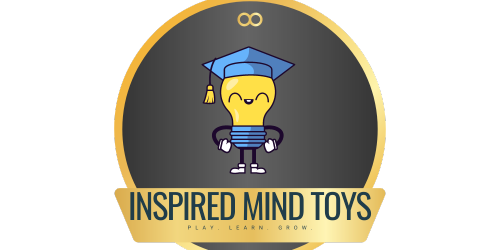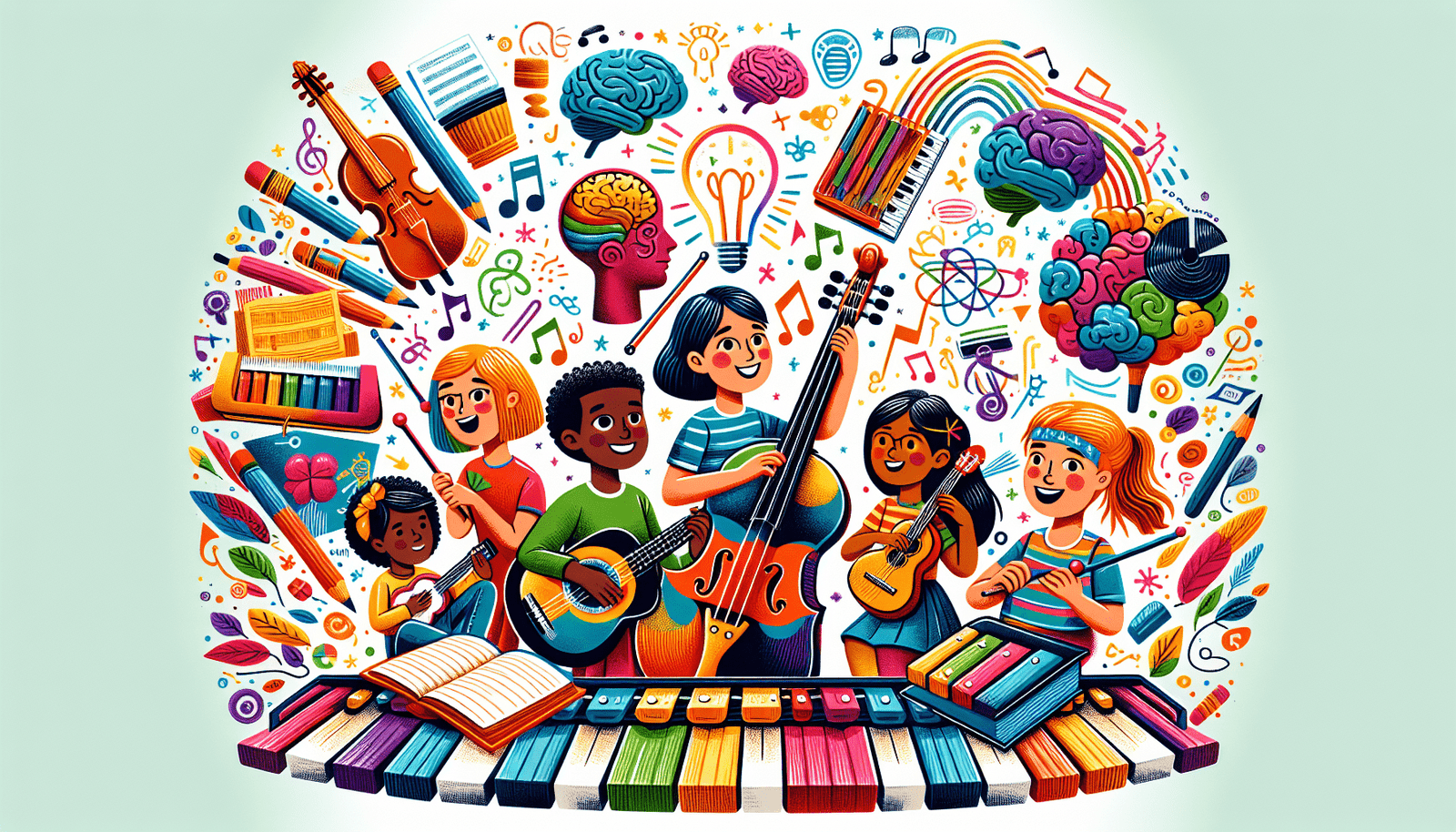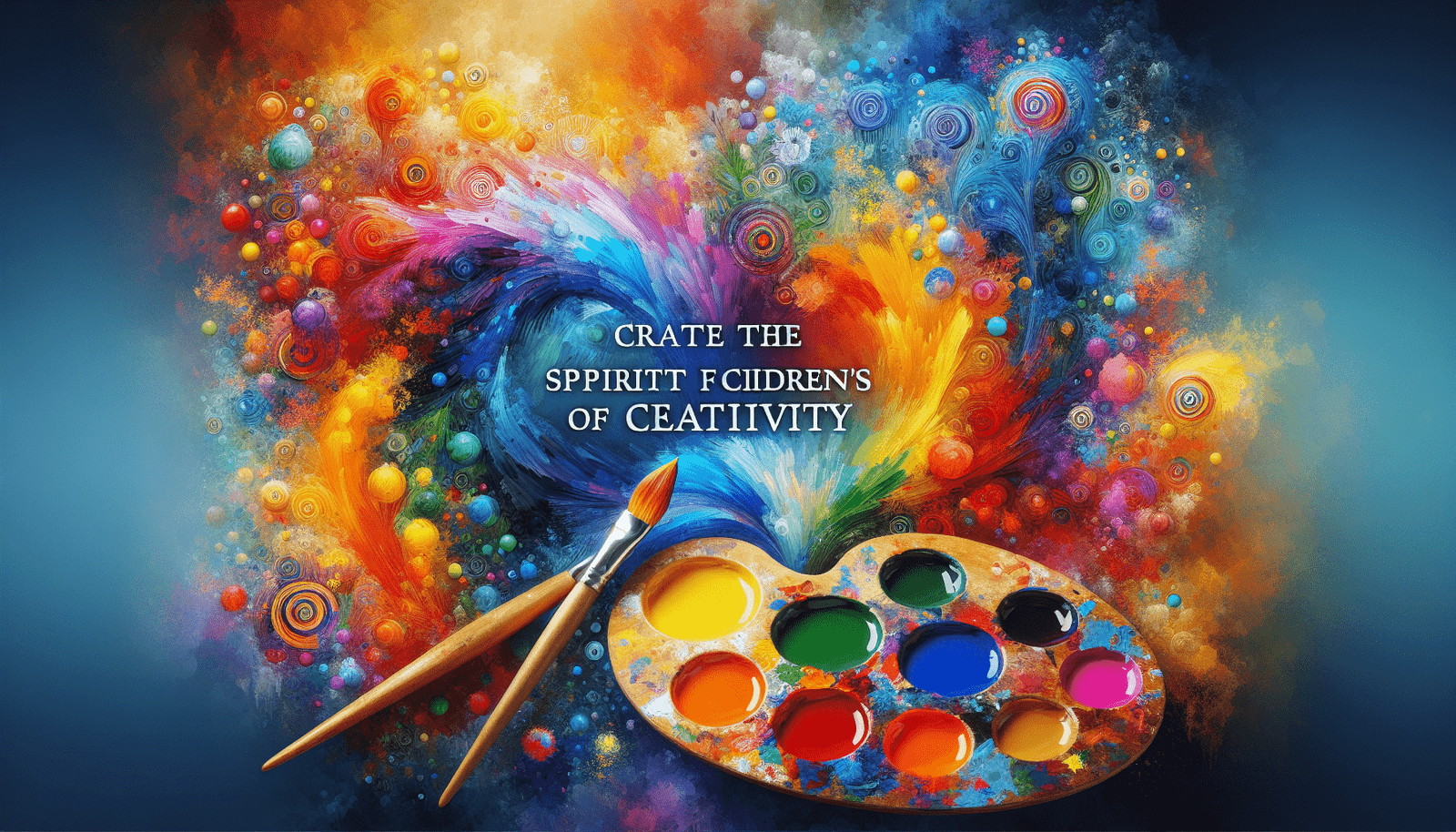Have you ever wondered how to make learning more enjoyable for your children or students? Look no further than the power of music! In this article, we will explore the benefits of incorporating music into educational activities and provide you with practical tips on how to make learning fun with music. Whether you are a parent looking for creative ways to engage your child at home or an educator seeking innovative strategies in the classroom, music is sure to captivate and inspire young minds. So let’s embark on this melodic journey and unlock the endless possibilities that music can offer in the realm of learning.
Make Learning Fun With Music
Understanding the Connection Between Music and Learning
The science behind music and cognitive development
Research has shown that music has a profound impact on cognitive development. When you listen to or engage with music, multiple areas of your brain are stimulated simultaneously. This stimulation promotes the growth and connectivity of neural pathways, enhancing various cognitive abilities such as memory, attention, and problem-solving skills.
Why music helps in memorization and recall
Listening to music while learning or studying can significantly improve your ability to memorize and recall information. The rhythmic patterns and melodic structure of music can serve as mnemonic devices, helping you retain and retrieve information more effectively. By associating specific information with musical cues, you create stronger memory connections, making it easier to recall the material at a later time.
How music helps with auditory skills
Engaging with music can also enhance your auditory skills. When you listen to music, you are exposed to different pitches, tones, and rhythms. This exposure helps develop your ability to discriminate between various sounds and improves your overall auditory perception. These enhanced auditory skills can then transfer to other areas of learning, such as language acquisition and reading comprehension.
Benefits of Incorporating Music in Learning
Improving student engagement with music
Incorporating music into the learning process can greatly enhance student engagement. Music has a unique ability to captivate and motivate learners by creating an enjoyable and interactive learning environment. Whether through singing, dancing, or playing musical instruments, students become active participants in their own learning, leading to increased interest and motivation to learn.
How music enhances creativity and imagination
Music has a powerful impact on our creative faculties. When students are exposed to music, it stimulates their imagination and encourages them to think outside the box. The rhythmic patterns and melodies of music can inspire originality and innovation, allowing students to express themselves creatively in various academic subjects.
Improvement of language skills through music
Integrating music into the learning process can significantly improve language skills. Music incorporates elements such as rhythm, melody, and lyrics, which all contribute to language development. By listening to and singing along with music, students enhance their vocabulary, language fluency, and pronunciation. The repetitive nature of song lyrics also reinforces grammatical structures and enhances listening comprehension.
Choosing the Right Type of Music for Learning
Age-appropriate musical selection
When choosing music for learning purposes, it is important to consider the age of the learners. Younger children may respond better to upbeat and interactive songs with catchy melodies, while older students may appreciate more complex musical compositions. Tailoring the musical selection to the age group helps ensure maximum engagement and enjoyment.
Understanding the impact of different music genres
Different music genres can have varying effects on learning. For example, classical music, particularly pieces by composers such as Mozart and Bach, have been shown to enhance cognitive abilities and concentration. On the other hand, fast-paced and energetic music can boost motivation and energy levels. It is essential to consider the objectives of the learning experience and select music that aligns with those goals.
How to tailor musical choices to the nature of the learning material
The choice of music should also reflect the nature of the learning material. For subjects that require focused attention and concentration, instrumental music without lyrics may be more suitable. However, for subjects that involve language learning or storytelling, music with lyrics can enhance comprehension and engagement. Tailoring the musical choices to the specific learning material ensures an optimal learning experience.
Immersing in Music While Studying
The use of background music while studying
Many students find it beneficial to study with background music playing. However, it is important to find the right balance. Background music should be calming and non-distracting, providing a pleasant ambiance without overpowering the focus on studying. Instrumental music or nature sounds are often recommended as they create a soothing environment conducive to concentration.
Active listening vs passive listening while learning
When incorporating music into learning, there are two approaches: active listening and passive listening. Active listening involves actively engaging with the music, such as analyzing the musical elements or using the music as a mnemonic device. Passive listening, on the other hand, involves simply having music playing in the background without intentional focus. Both approaches can be effective, depending on the learning goals and preferences of the individual.
How to balance music volume and learning efficiency
While studying with music, finding the right balance in volume is crucial. The music should be audible enough to provide a pleasant backdrop but not too loud to cause distractions. The volume may vary depending on the individual’s preferences and the nature of the learning material. Experimenting with different volume levels and observing the impact on concentration and efficiency can help find the optimal balance.
Using Music in Lesson Presentation
Turning lesson content into songs
One way to make learning more fun and memorable is by turning lesson content into songs. By transforming key concepts, facts, or formulas into catchy tunes, students can easily retain information through repetition and rhythm. Singing these songs together as a class or individually can create a collaborative and engaging learning environment.
Using tunes to emphasize important content
Using familiar tunes or melodies to emphasize important content can enhance comprehension and retention. By incorporating well-known melodies, students can make connections between prior knowledge and new information, making it easier to remember and understand. Associating specific tunes with crucial concepts or key points can serve as memory triggers during assessments and exams.
Teaching rhythm and pace through music
Music can also be used as a tool to teach rhythm and pace in various subjects. By integrating rhythmic activities or clapping exercises into lessons, students develop a sense of timing and improve their ability to follow patterns. Incorporating music with different tempos and beats can also help students grasp the rhythm and pace required in tasks such as reading aloud or solving math problems.
Music and Break Times
The role of music during study breaks
During study breaks, music can play a significant role in relaxation and rejuvenation. Listening to calming and soothing music can help reduce stress levels, promote relaxation, and recharge the brain for continued learning. Incorporating short music breaks during study sessions provides an opportunity for students to unwind and refocus before diving back into their studies.
How music can reduce learning-related stress
Studying can sometimes be stressful, especially during exams or challenging subjects. Music has been found to be a powerful stress-reliever, reducing anxiety levels and promoting a more relaxed state of mind. The melodic and rhythmic aspects of music can positively impact emotions and create a calming effect, making the learning experience more enjoyable and stress-free.
Music and improved concentration after breaks
Listening to music after taking a break can help improve concentration and focus when returning to studying. The stimulating effect of music on the brain can enhance alertness and mental readiness, making it easier to concentrate on the learning material. Choosing energizing and upbeat music during these post-break sessions can assist in combating fatigue and maintaining attention.
Teaching Musical Instruments to Enhance Skills
Cognitive benefits of learning an instrument
Learning to play a musical instrument offers numerous cognitive benefits. Playing an instrument requires coordination, concentration, and memorization, which promote the development of fine motor skills, focus, and memory capabilities. Additionally, learning an instrument engages both sides of the brain, fostering enhanced cognitive function, problem-solving skills, and creativity.
Instruments that are easy for beginners
When introducing musical instruments to beginners, it is essential to select instruments that are accessible and easy to learn. Instruments such as the piano, ukulele, or recorder are popular choices for beginners due to their relatively simple techniques and versatility. Starting with these instruments allows students to build a strong foundation in music while gradually progressing to more complex instruments if desired.
How to integrate learning an instrument with academic subjects
Integrating learning an instrument with academic subjects can create a holistic learning experience. For example, incorporating music into math lessons can help students grasp mathematical concepts through rhythm and pattern recognition. Similarly, learning about different cultures and historical periods through music can enhance social studies or history lessons. Exploring these connections between music and academic subjects provides a well-rounded education.
Using Music Apps and Technology
Popular music applications for learning
There are various music applications available that can enhance the learning experience. Apps such as GarageBand, Soundtrap, and Yousician provide interactive platforms for learning and creating music. These apps offer features like virtual instruments, tutorials, and recording capabilities, making learning music more accessible and enjoyable for all ages.
The role of technology in music-based learning
Technology plays a crucial role in music-based learning, offering innovative tools and resources that were not readily available in the past. From online music lessons to interactive software, technology provides opportunities for personalized learning, collaboration, and creativity. Embracing technology in music education opens doors to endless possibilities and enriches the learning process.
Interactive musical games for learning
Interactive musical games can make learning music enjoyable and engaging. These games incorporate elements of gamification, encouraging students to actively participate and progress through levels as they learn various musical skills. Whether it’s rhythm games, note recognition challenges, or virtual band simulations, these interactive games can enhance learning outcomes while keeping students entertained.
Creating a Music-Enriched Learning Environment
Making a conducive music-themed study area
Creating a music-themed study area can inspire and motivate learners. Surrounding the learning space with musical instruments, posters of musicians, and related artwork helps establish an environment that encourages musical exploration and creativity. Additionally, incorporating comfortable seating and good acoustics can provide a pleasant and immersive learning atmosphere.
Organizing music-filled learning activities
Organizing music-filled learning activities can offer hands-on experiences and foster a sense of community and collaboration. These activities can include group sing-alongs, music composing workshops, or even talent shows. By actively involving students in musical activities, they learn to appreciate different genres, develop teamwork skills, and build self-confidence.
Incorporating live music performances in lessons
Bringing live music performances into the classroom can create memorable and impactful learning experiences. Inviting local musicians or arranging field trips to concerts or musical performances exposes students to different styles and genres of music. These live performances offer firsthand interaction with professional musicians, inspiring students and showcasing the potential career paths music can offer.
Evaluating Learning Progress with Music
Measuring student engagement with music
Evaluating student engagement with music involves assessing their active participation, enjoyment, and involvement in musical activities. This can be done through observation, student self-assessments, or informal conversations. By monitoring engagement levels, educators can tailor their teaching methods and musical choices to better meet the needs and interests of their students.
How music impacts learning outcomes
Music has a direct impact on learning outcomes. Studies have demonstrated that incorporating music in the learning process can lead to improved academic performance, enhanced memory retention, and increased motivation to learn. By analyzing the correlation between music and learning outcomes, educators can make informed decisions on how to integrate music effectively into their teaching practices.
Analyzing musical growth and learning success correlation
Analyzing the correlation between musical growth and learning success involves tracking the progress of students in both musical abilities and academic achievements. By monitoring musical development, such as instrumental skills or vocal proficiency, alongside academic progress, educators can identify patterns and connections between these two areas of development. This analysis aids in understanding the overall benefits of incorporating music in education and highlights the value of music in promoting holistic growth.
In conclusion, music has a significant impact on learning and cognitive development. By understanding the science behind the connection between music and learning, identifying the benefits of incorporating music in education, and implementing various strategies such as choosing the right type of music, immersing in music while studying, and teaching musical instruments, educators can create a music-enriched learning environment that enhances student engagement, creativity, language skills, and overall academic success. Utilizing music apps and technology, organizing music-filled learning activities, and evaluating learning progress with music further enhance the effectiveness of music-based learning. Embracing the power of music in education creates a joyful and effective learning journey for students of all ages.
Interested in seeing the products we use?
Check out our carefully crafted list of items











